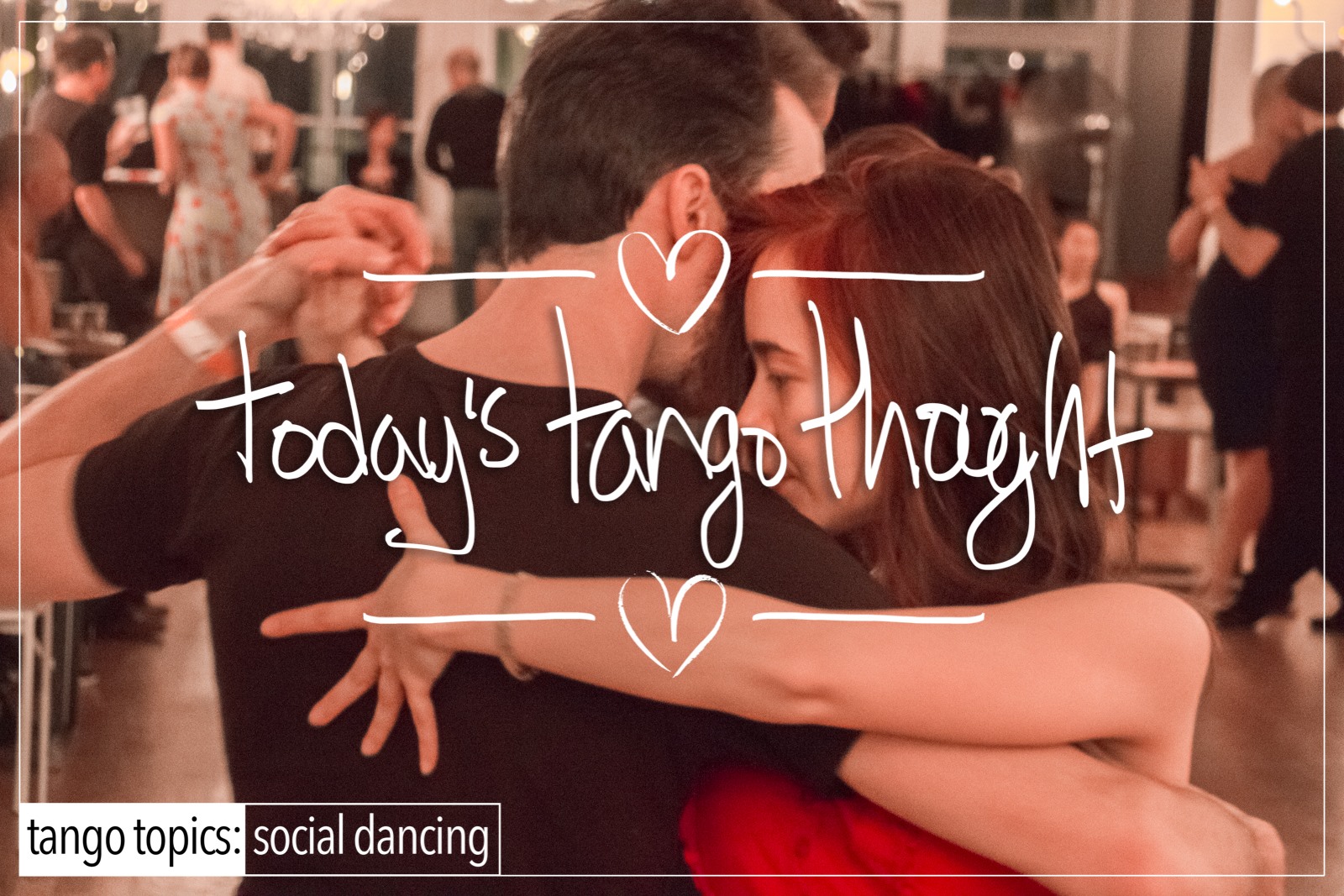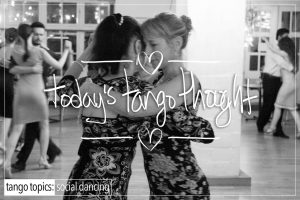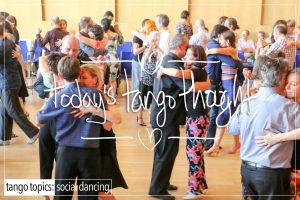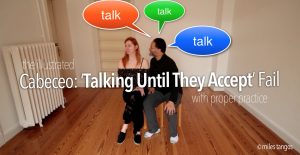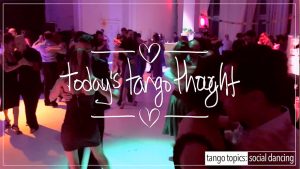“You have great connection!” (gggrrrrrrrr)
There is one aspect of The ‘Connection Fallacy‘ that comes up a lot and that’s the idea that there is some mystical/spiritual/magical way in which we communicate in the dance. That communication is stated as how our ‘connection’ is to someone and them to us and how well we ‘connected’ with each other. Rubbish! Not to piss in someone’s Cheerios but that’s just magical thinking.
One way to translate this phrase so that it actually makes logical sense to those that don’t think ‘magically’. Which by the way, is far more precise, and real, is to refer to this misdirected and wholly unclear misinformation as ‘Physiological Contact’ that a couple has. The moment that you refer to this, there is an automatic desire to be as specific as humanly possible with where the physiological contact exists, as well as how much physiological pressure, compression, tension, and force is being applied. Specificity! It’s the new ‘cool’.
Like for instance – “I feel a lot of physiological contact from your upper torso to mine. As well as from your forearm around my back, and while there is contact in both places, there is an acceptable amount of physiological pressure from your hand, forearm, and torso that I like.” See ? Much clearer than “You have great connection!”.

